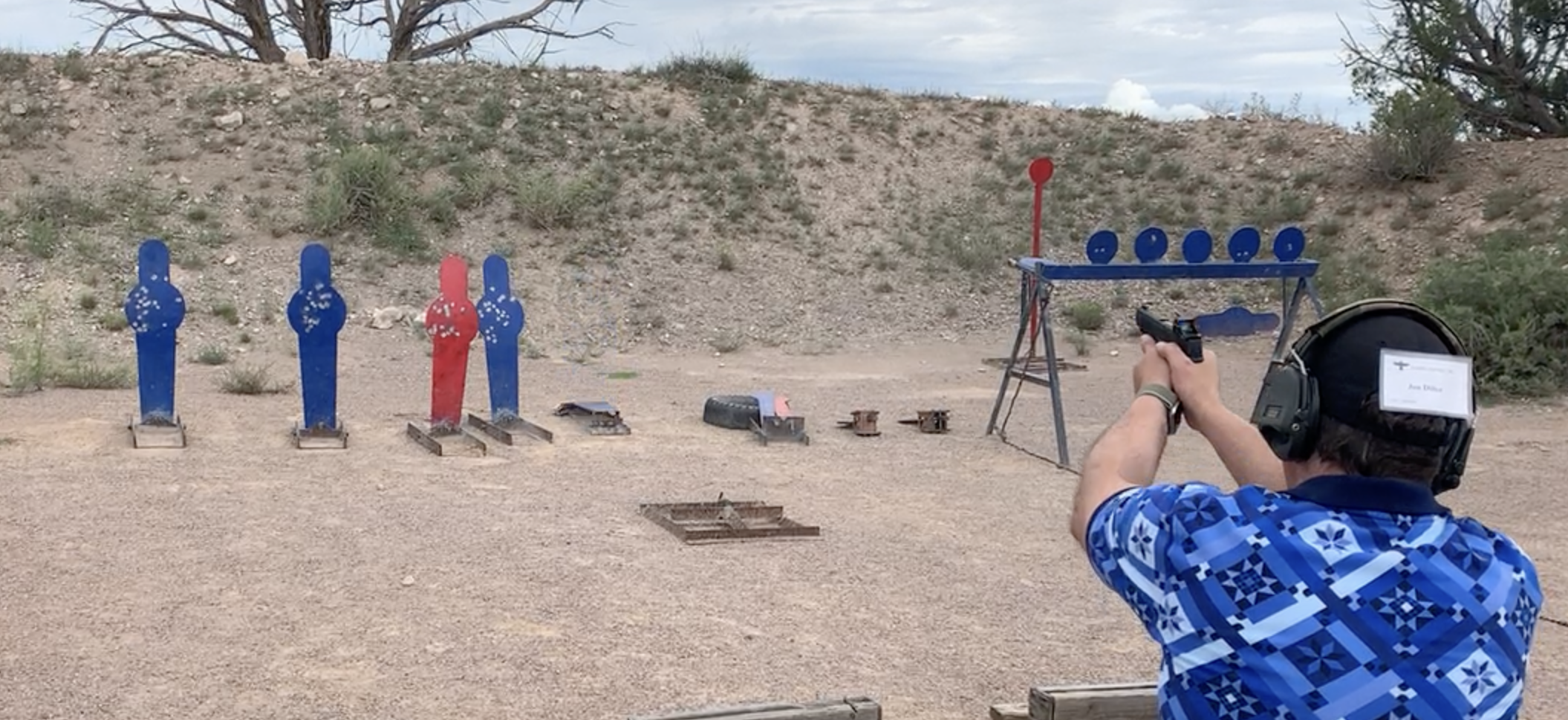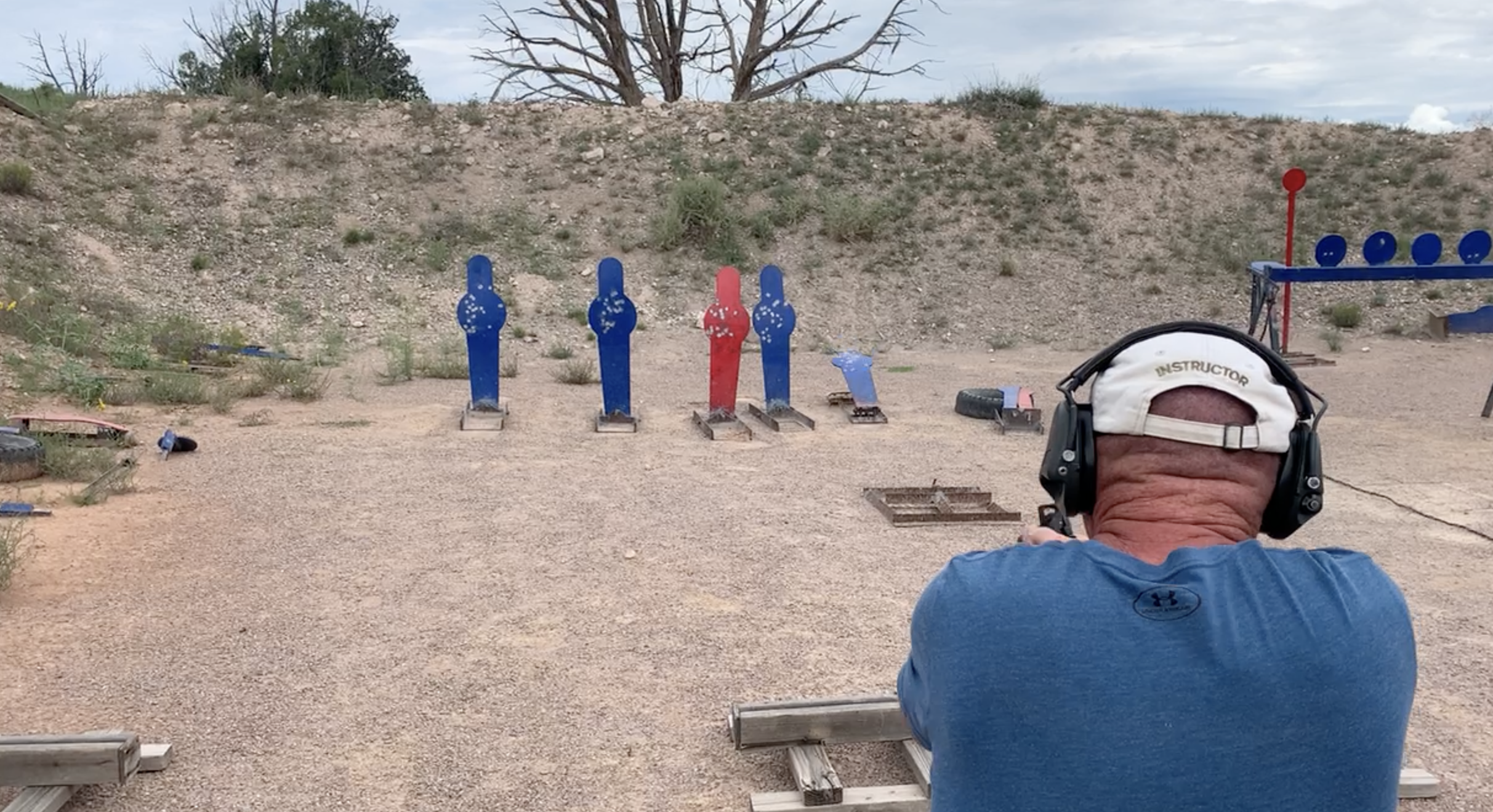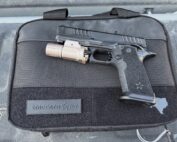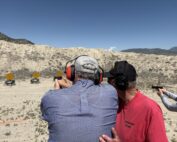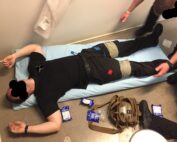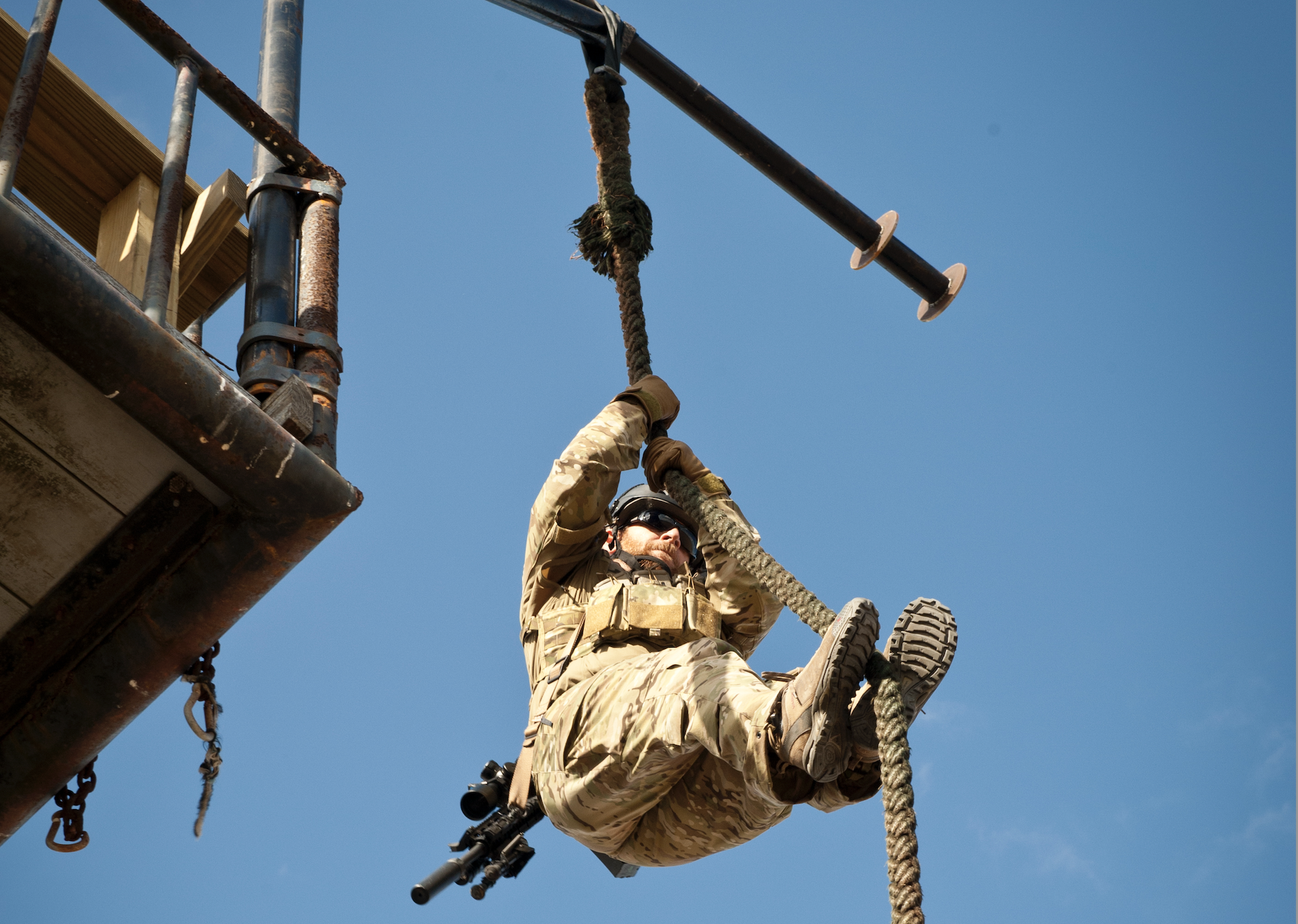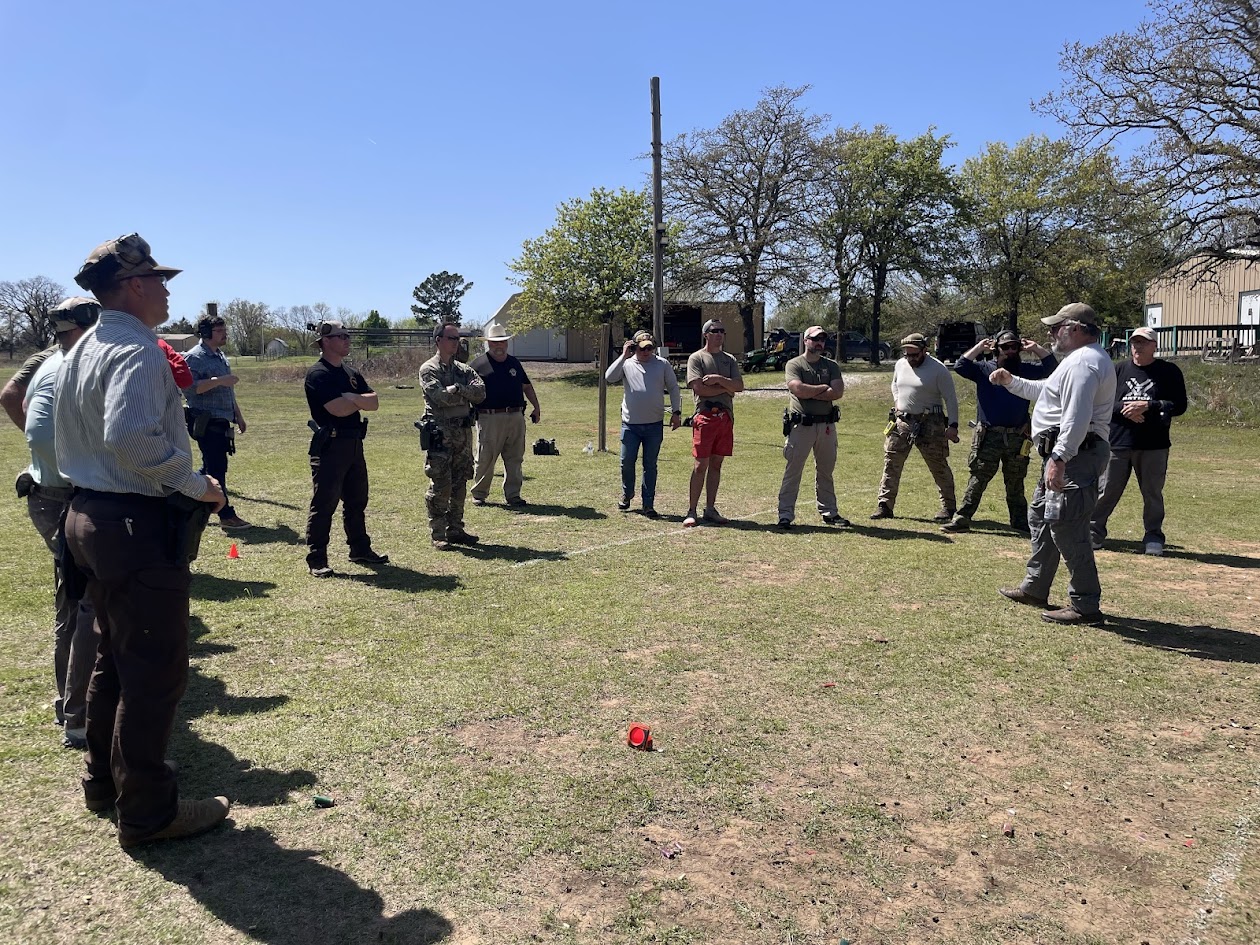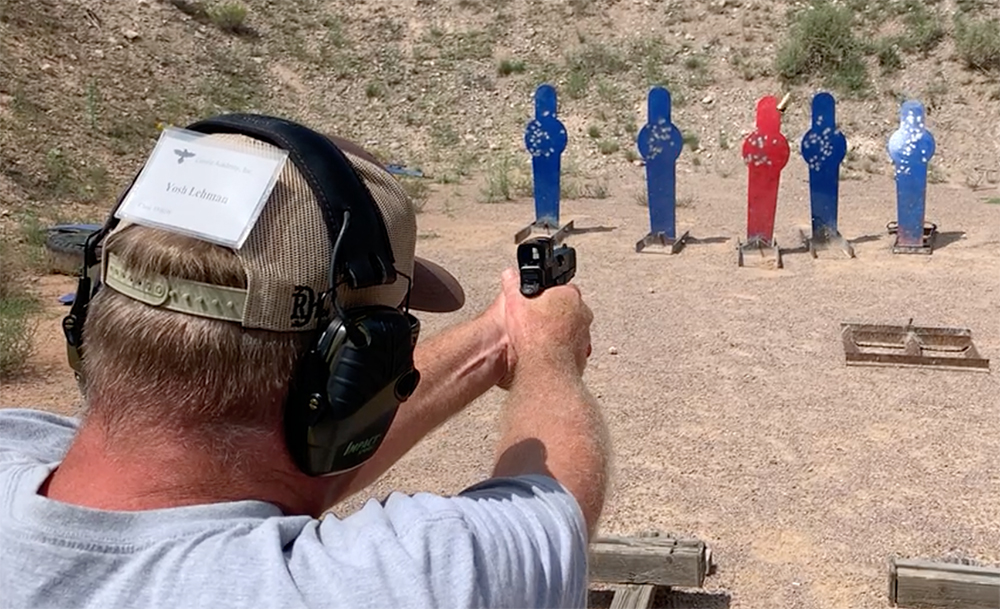
Noshoot_012523
Someone once said – know the rules well enough so that you can know when to break them. However, there are some rules we should not break.
With that said, let us discuss the second of Jeff Cooper’s firearm safety rules – Never let your muzzle cover anything you are not willing to destroy. In the National Rifle Association’s vernacular, it is: “ALWAYS Keep the Gun Pointed in A Safe Direction.”
On the NRA website, they go on to say: “This is the primary rule of gun safety. Common sense dictates the safest direction, depending on different circumstances.”
Instructors and facilities do not often dive deep enough into this rule, partly because it is hard to train. Why? We are generally on a square range that has targets arrayed from left to right. Often, each shooter has only one target. If multiple targets come into play, often a timer is involved, and the goal becomes the fastest run as opposed to anything else.
Recently, one of the simulator manufacturers posted a video of a trainer shooting the newest update to their system. He used a weapon-mounted light (WML) and had the pistol at eye level. He did this instead of assessing from a lower ready position with the WML’s spill or using a handheld light.
Previously, two other instructors had advocated for making Don’t Shoot/Shoot decisions while looking through the windows of a pistol-mounted optic.
With both of those, the problem is that the muzzle covers someone or something you have not decided to shoot.
I contacted Darryl Bolke, a frequent contributor to these pages, about the Rule #2 issue. His first thought was that when a crook points a firearm at someone, it is treated as an assault with a deadly weapon or something similar in that state’s criminal code. He added that we need to quit allowing cops to point guns at people they can’t shoot. When did it become ok to shoot a misdemeanant? This is why a good low-ready position, dependent on one’s environment, is a critical skill.
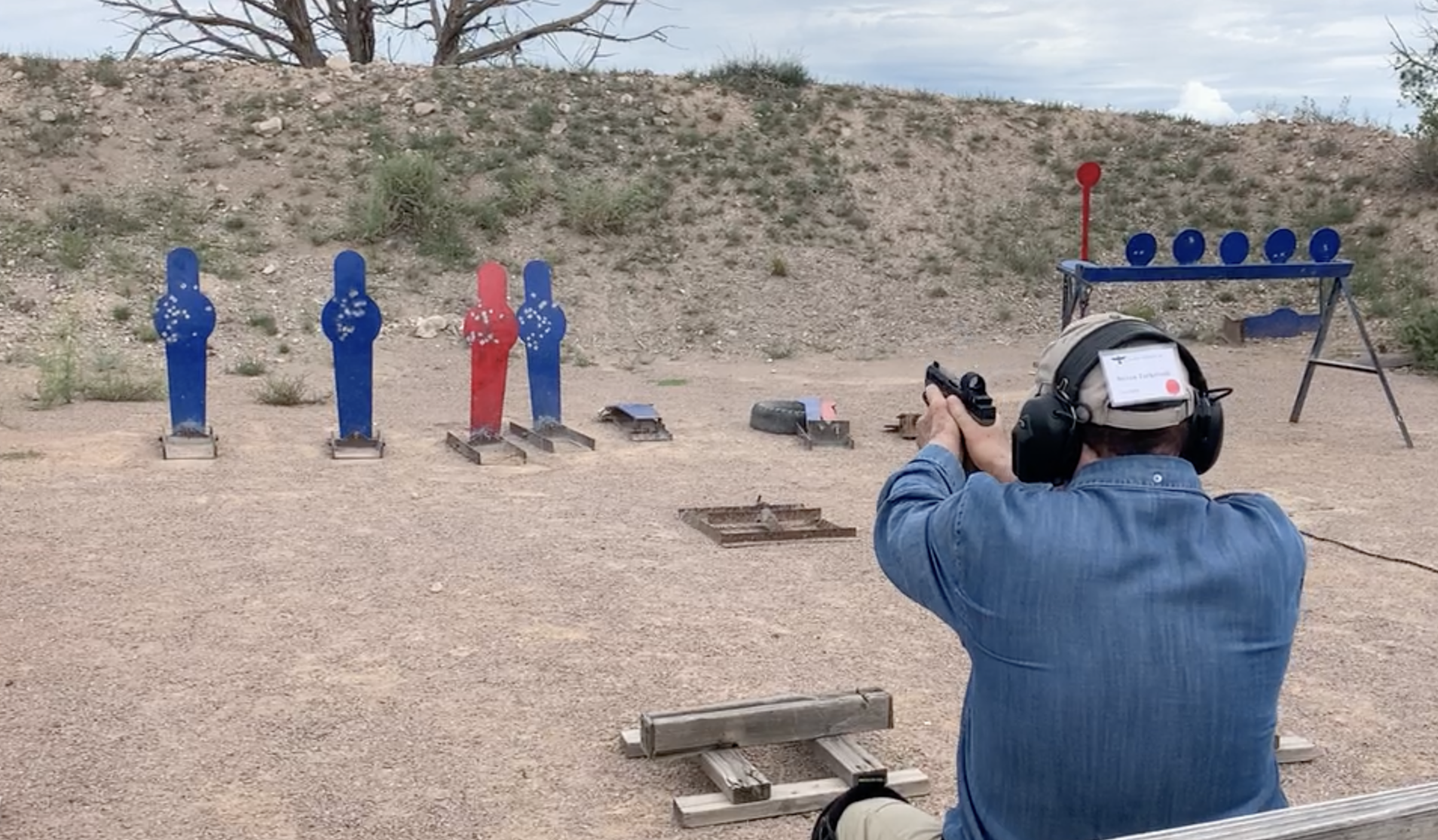
This shooter moved the muzzle up and over the head of the Don’t Shoot popper in between those he was shooting.
Bryan Eastridge, the host of the Off-Duty/On-Duty podcast, echoed Bolke before adding: “We got away with it for so long because some thought cops were exempt. If you can’t shoot someone, you should not muzzle them either.”
Refined Epiphany
I try working judgmental shooting into my classes a few different ways, though my drills usually address rule #4 issues (Be sure of your target and what is beyond.) And while I will talk about several different ways that Rule #2 applies, it was often in the context of working around others.
Then during a Gunsite class last summer, I had an epiphany. We had set up a Dozier drill (five pepper poppers) in the steel bay next to the class’s range. This drill involves five Pepper Poppers, generally placed one yard apart, eight yards from the shooter. While the center one happened to have been painted red, the other four (two on either side) were blue. Hmm, that is interesting. I had everyone in the class shoot it twice on a timer. I made a point of telling them to remember their times. Then we sent them off to work through a couple of other drills.
After lunch, I brought them back to the steel bay. Just before having them make ready – donning eye & ear protection and loading their handguns – I mentioned that the red popper was a No Shoot.
One at a time, I had them step up to the firing line and asked if they understood the drill – they did. Then I told them, “Stand by,” and hit the delayed start button on my timer. Twelve students ran it like most people would – shooting targets 1 and 2 before running the muzzle across #3 and then engaging #4 and #5.
And the other three shooters? They were giving me quizzical looks. Two of them shot #5 and #4 before going to a high muzzle orientation, bringing the muzzle above #3 before coming back down to engage the last two. The other shooter engaged the first two poppers, then went muzzle down to move under #3 before finishing off the last two poppers.
After everyone had run, I gathered the class around and asked what Rule #2 said. Having gone out of their way to avert their muzzles, three had the proverbial poop-eating grins on their faces. Then I looked at the others; it was clear that learning had occurred. In a way that none of the lectures could have ever conveyed Rule #2 issues, for them, that drill did.
Why is this important? You already have the comments on Bryan and Darryl above. Do not doubt that an overly politicized prosecutor – if you, as a cop or a lawfully armed citizen, give them a reason – may charge you.
Keeping your muzzle off those you cannot shoot may not only keep you out of trouble; more importantly, it may well help save the very life you are shooting to save.


 (+1 rating, 1 votes)
(+1 rating, 1 votes)

